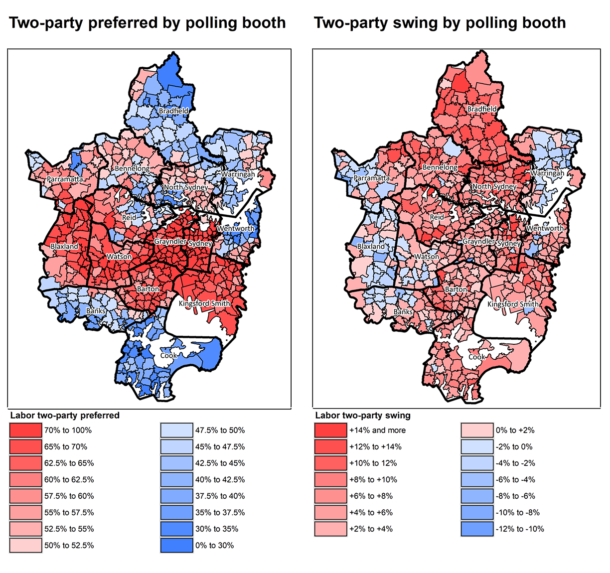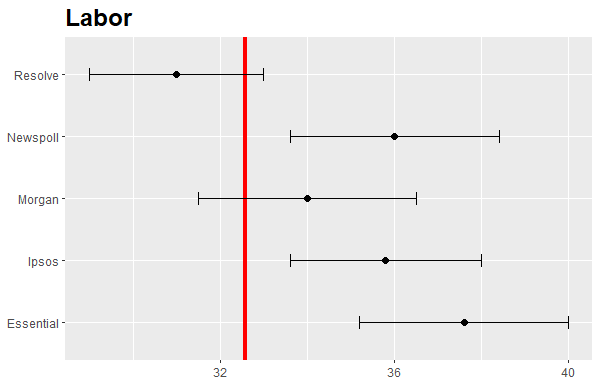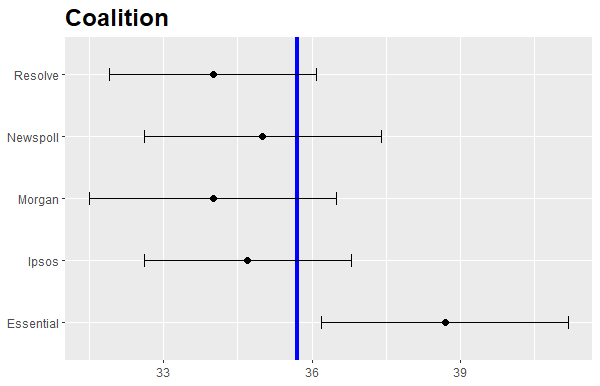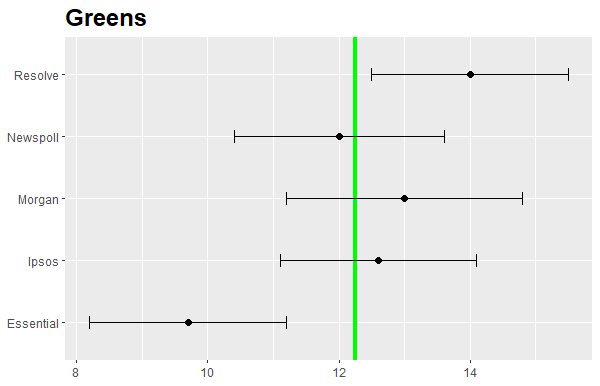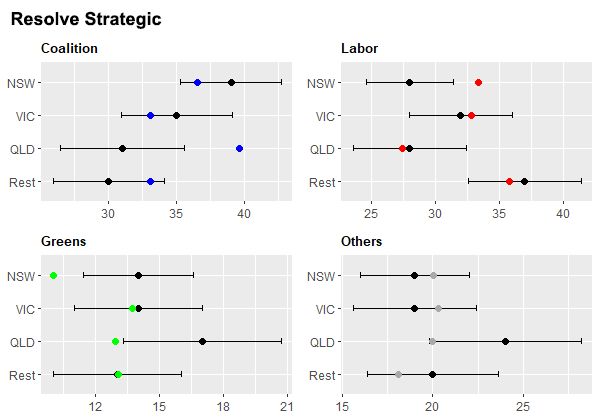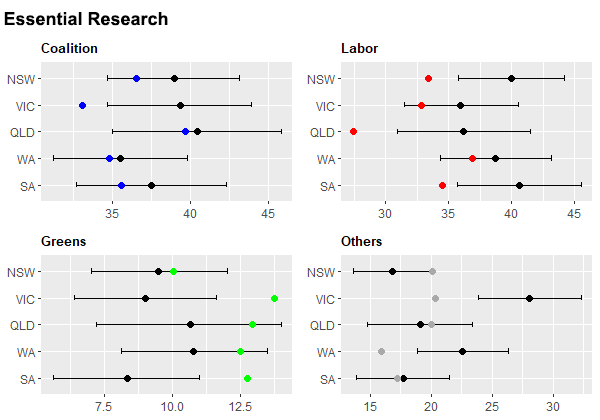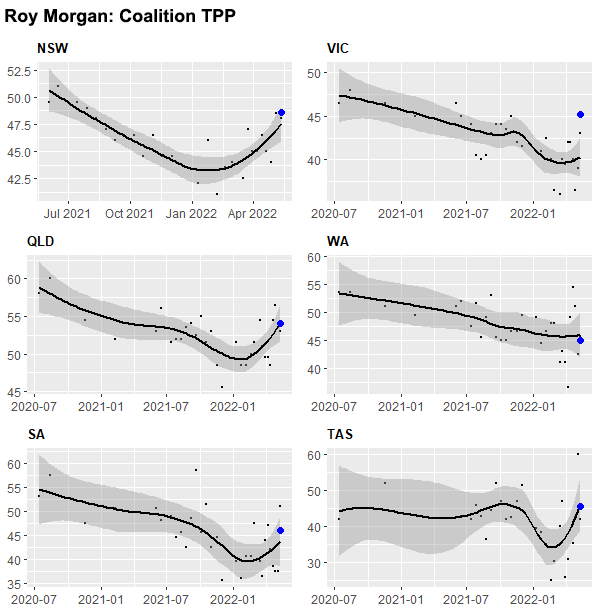One last indignity for the Coalition as it loses its third Victorian Senate seat to the United Australia Party, while results in New South Wales and Western Australia play according to script.
All three outstanding Senate results were concluded today, leaving us with a new Senate of 32 Coalition members (including six Nationals, two elected on Queensland’s Liberal National Party ticket at one from the Country Liberal Party in the Northern Territory), Labor 26, Greens 12, One Nation two, Jacqui Lambie Network two, United Australia Party one and one independent. Today’s results in descending order of interest:
• Clive Palmer has not emerged completely empty-handed after Ralph Babet of the United Australia Party won the last seat in Victoria, unseating Liberal incumbent Greg Mirabella for a result of Labor two, Coalition two, Greens one and UAP one. I originally thought Mirabella likely to win based on how preferences flowed in 2019, but came to think Babet more likely to after seeing how preferences were flowing in other states. Consistent with the model I produced after using preference flows from the Queensland result, Mirabella actually fell to third place behind both Babet and Labor’s third candidate, Casey Nunn, after One Nation excluded, with Babet on 9.2%, Nunn on 7.9% and Mirabella on 7.2%. Babet’s lead then widened after the exclusion of Mirabella to 11.9% to 9.8%.
• The result in Western Australia was three Labor, two Liberal and one Greens, which always seemed highly probable, although I entertained vague notions towards the end that tight right-wing preference flows might result in Labor’s third seat going to One Nation instead. At the second last exclusion, third Liberal incumbent Ben Small went out with 6.5% of the vote to 10.2% for Labor’s Fatima Payman and 8.7% for Paul Filing of One Nation, but the distribution of his preferences left the gap between Payman and Filing essentially unchanged at 12.2% to 10.6%.
• As always seemed clear, the result in New South Wales was Coalition three, Labor two and Greens one. After the exclusion of Legalise Cannabis, incumbent third Liberal Jim Molan was elected with 12.3% of the vote, ahead of One Nation’s Kate McCulloch on 9.9%.
And for the sake of completeness, a summary of the earlier results:
• Queensland returned two Labor, two Liberal National, one Greens and one One Nation Senator, the latter being Pauline Hanson, who won out over the incumbent third candidate on the LNP ticket, Amanda Stoker. When the exclusion of Legalise Cannabis left three remaining candidates chasing two seats, Stoker held 10.3% of the vote against 14.2% for Pauline Hanson and 13.9% for Labor’s Anthony Chisholm, who were duly elected in that order. Hanson substantially outperformed my projection based on 2019 preference flows, which only got her to 12.1% compared with 14.2% for Chisholm, with Stoker on 10.9%.
• South Australia returned three Liberals, two Labor and one Green. The third Liberal, Kerrynne Liddle, finished with 12.4%, ahead of Jennifer Game of One Nation on 9.5%. At the previous count, third Labor candidate Trimann Gill was excluded with 8.0% to Liddle’s 9.5% and Game’s 8.7%, though Liddle would have won even if Gill had stayed ahead of Game.
• The result in Tasmania was two Labor, two Liberal, one Green and one Jacqui Lambie Network. Tammi Tyrell of the JLN was elected with a full quota after the exclusion of the incumbent third Liberal, Eric Abetz, whose preferences pushed her to 14.9% ahead of One Nation’s Steve Mav on 8.9%, with another 1.2% of the Abetz vote remaining undistributed at the point where Tyrell passed the threshold of a quota. Abetz was excluded with 6.6% in the previous round, behind Tyrell on 12.7% and Mav on 7.2%. Abetz’s campaign for below the line votes had little impact: he scored 4.27%, whereas the second Liberal, Wendy Askew, had 13.2% after the distribution of the surplus of the first Liberal, Jonathan Duniam.
• In the Australian Capital Territory, independent David Pocock was elected at the expense of Liberal incumbent Zed Seselja with 36.3% at the final count to Seselja’s 28.6%. Labor’s 33.37% share of the vote, fractionally over a quota, ensured there was no chance that Katy Gallagher was going to lose her seat to Pocock rather than Seselja, as one campaign poll suggested she might.
• The Northern Territory had an orthodox result of one seat for Labor and one for the Country Liberal Party, who fell just short of a quota on the primary vote with 32.97% and 31.70% respectively without any other party doing well enough to be threatening.

